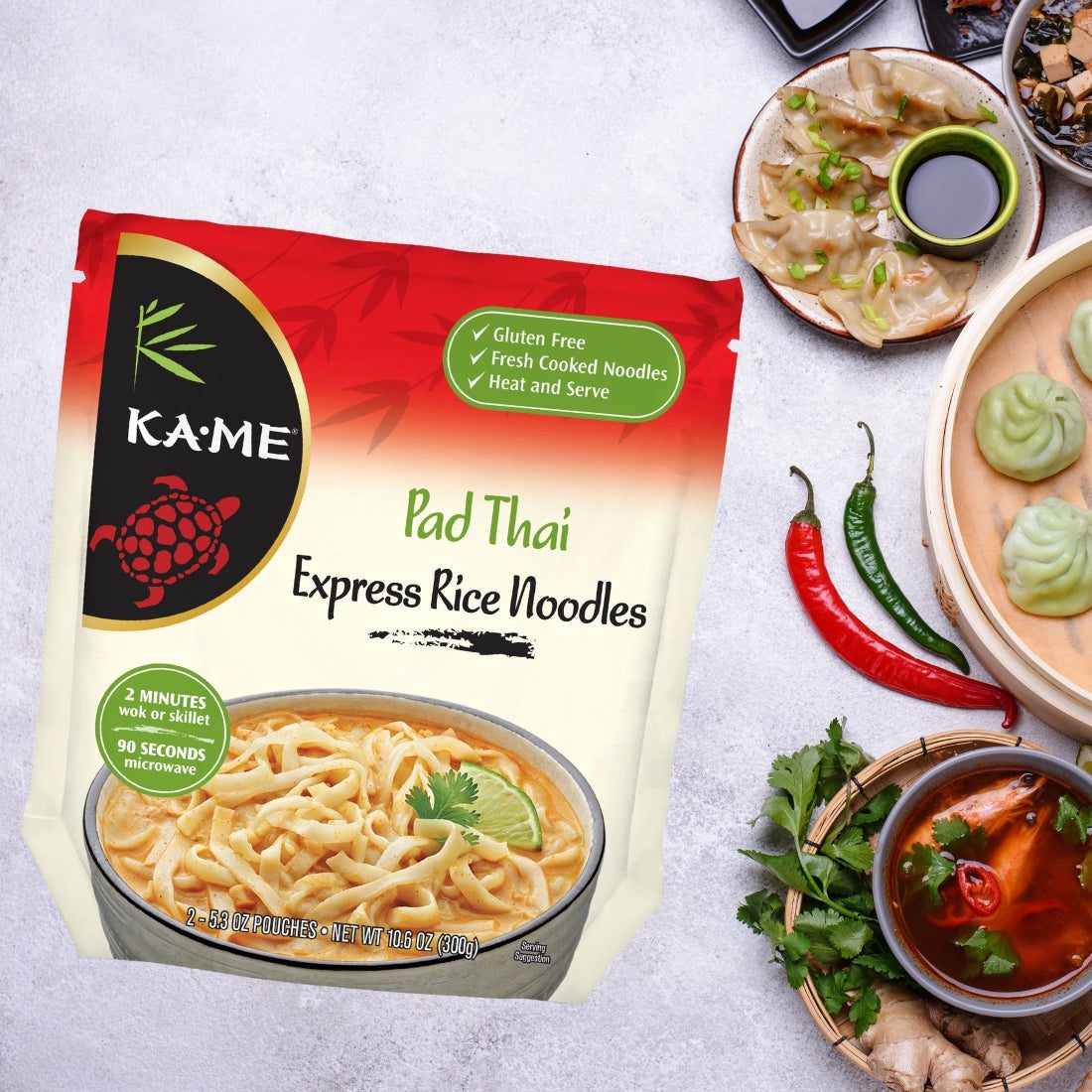Thai and Japanese sushi have distinct differences in terms of freshness, preparation techniques, and taste. Japanese sushi is known for its fresh taste and high quality due to the use of raw fish and the emphasis on sourcing the freshest ingredients possible. Thai sushi, in contrast, is not usually served raw due to safety concerns, and Thai sushi chefs use cooked fish and complex ingredients like vegetables, herbs, and spices to create flavorful sushi rolls. Japanese sushi is prepared with precision and simplicity to highlight the natural flavor of the fish, while Thai sushi can involve more elaborate methods and bolder, spicier flavors with a variety of sauces and spices.
Thai vs. Japanese Sushi: A Contrast of Freshness and Preparation Techniques
Introduction
Sushi has become a popular cuisine around the world, and two prominent types include Thai and Japanese sushi. Although similar in appearance, these two cuisines have distinctive characteristics in terms of freshness, preparation techniques, and taste.
Freshness
Thai sushi tends to be made with cooked fish, while Japanese sushi is often created with raw fish. This difference affects the freshness of the sushi. Japanese sushi is generally known for its fresh taste and high quality, as the chefs prioritize sourcing the freshest ingredients possible. This approach is in line with the Japanese philosophy of “shun,” which emphasizes the use of fresh, seasonal ingredients that have been harvested at their peak.
Thai sushi, in contrast, is generally not served raw. This is partly due to the climate in Thailand, which makes it difficult to ensure the safety of raw seafood. Thai sushi chefs typically use cooked fish, as well as other ingredients like vegetables, herbs, and spices, to create complex and flavorful sushi rolls.
Preparation Techniques
In addition to the differences in freshness, Thai and Japanese sushi also differ in their preparation techniques. Japanese sushi is often prepared by highly trained professionals who have undergone years of rigorous training to perfect their craft. The emphasis is on precision and simplicity, as the chefs seek to highlight the natural flavor of the fish.
Thai sushi, on the other hand, is often made by less experienced chefs, and the preparation methods can be more diverse. Thai sushi rolls often have more complex ingredients and preparation steps. For example, Thai sushi can include ingredients like coconut meat, mango, and spicy sauce, and preparation often involves more elaborate methods such as deep-frying.
Taste
Finally, Thai and Japanese sushi differ in their flavor profiles. Japanese sushi is often known for its subtle, delicate flavors, as the emphasis is on allowing the natural taste of the fish to shine through. In contrast, Thai sushi tends to be bolder and spicier, with a variety of herbs, spices, and sauces used to create complex and distinctive flavors.
Conclusion
While both Thai and Japanese sushi might look similar at first glance, they have distinct differences in terms of freshness, preparation techniques, and taste. Whether you prefer the delicate and subtle flavors of Japanese sushi or the bold and spicy taste of Thai sushi, both cuisines offer unique and delicious options for sushi lovers.
